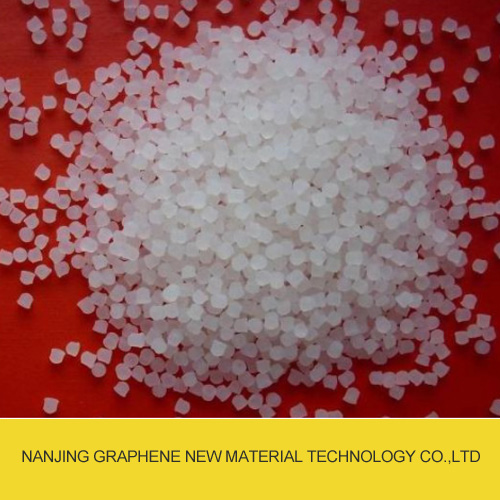
The primary raw material used for the synthesis of commercially important polymers has been petroleum for the last 50 years. The synthesis of polymers from renewable resources such as plant and animal prod- ucts is attractive because of diminishing reserves and the increasing price of petroleum. Social acceptance of polymers from renewable, agricultural raw materials is also high because they represent a high-tech use for traditional agricultural products. Usually biodegrad- able and inexpensive polymers are obtained from ag- ricultural raw materials. In our efforts to use plant oil triglycerides as raw materials for polymer synthesis, we examined the polymerization of Maleic Anhydride Modified PP soybean oil. We studied the polymeriza- tion of soybean oil and epoxidized soybean oil chem- istry in some depth and reported our results in earlier publications.
Soybean oil, iodine number 135, contains intermal double bonds in its oleic, linoleic, and linolenic acid components. The unsaturation is high enough to give the oil the classical terminology of “semidrying” but not high enough to alow its use as a traditional “drying oil” in alkyd manufacture by itself.
The expected availability of genetically engineered soybeans from which oil with a high contentof oleic estersand thecheapprice makes soybean oil a good choice as a rawmaterialfor polymers. Efforts over the last centurytoproducea high molecularweight polymer by simplefree-radicalreactionsof the naturally occurringunsat-uration in plant oils have met with little success.Therefore, the strategywe employedwas to convertthe triglyceride to a Maleic Anhydride Modied PP oil that would polymerize by the polycondensationouterather than the polyadditionroute.



